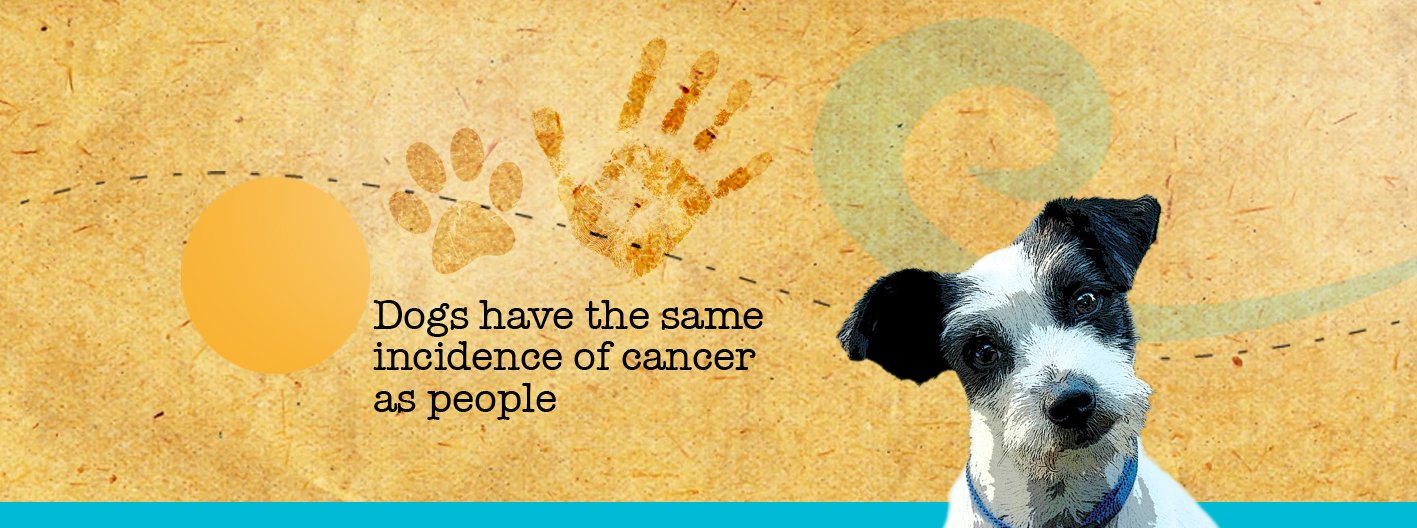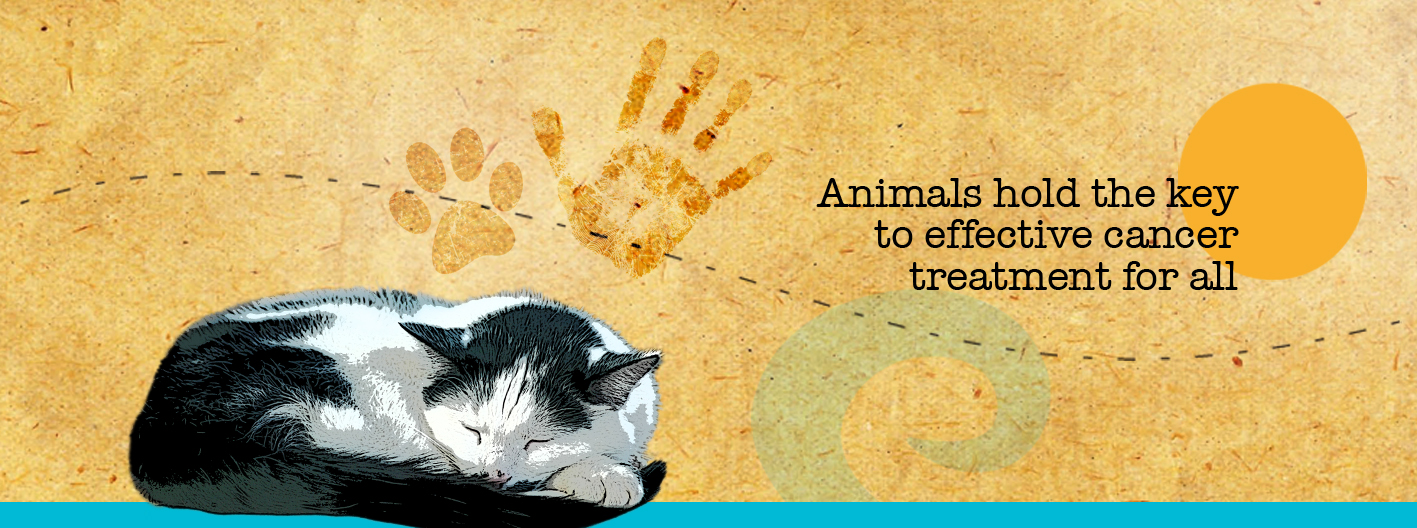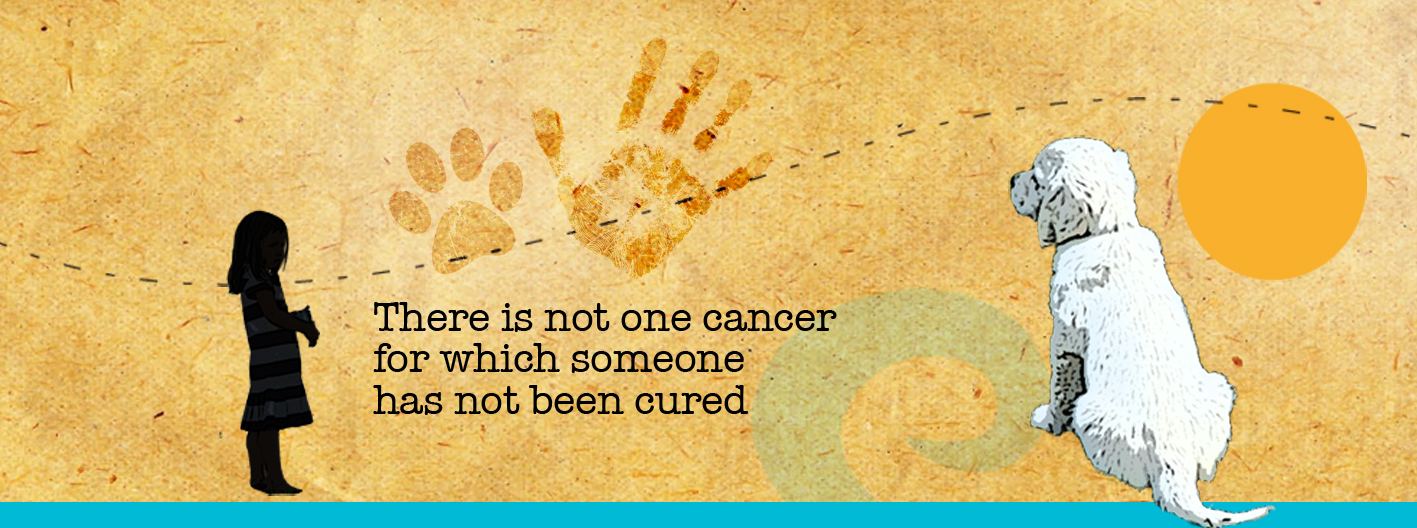
Traditionally cancer research is initially performed in laboratories using techniques such as tissue culture and implanted cancer cells in mice. Then there is a huge leap to take the drugs developed in the laboratory into clinical trials in humans with cancer. Did you know it takes on average 13 years to get a drug from the laboratory to human clinical use for cancer treatment? It also costs an astonishing amount of money in the order of $1.3 billion.
Spontaneously developing diseases, such as cancer, in dogs and cats have long been studied to improve the understanding of similar diseases in humans. We call it translational oncology because the findings translate from one species to another. This also speeds the translation of drugs discovered on the laboratory bench to the bedside of cancer patients. The results save millions of dollars and lives (pet and human lives) along the way. We can identify effective treatments quickly, fine tune the technology and help pets and people with cancer effectively reducing cost and development time.
Translational oncology is a rapidly growing field of study, with more training programs being developed each year. The translation works because companion animals share similar characteristics of physiology and metabolism for most organ systems and drugs. This allows better comparison of treatments such as surgery, radiation and chemotherapy.
Companion animals also share the human environment; therefore exposure to environmental contributors to carcinogenesis should be similar. For scientists, our faithful companions provide a lot of research benefits. First of all studies in companion animals can provide indications of therapeutic gain much more rapidly than can be done in humans. If strong evidence is obtained from naturally occurring tumours in companion animals treated with protocols similar to those in human trials, we can achieve more rapid acceptance of treatment modalities in human cancer.
Preclinical studies in companion animals can also help determine an optimal dose, sequence, and frequency of treatments with agents to be used in human clinical trials. Animal models can also help to identify factors that influence response to treatments and better define patient populations, which might benefit from a new treatment modality.
Of added benefit is that animal trials are generally much more economical to run than human trials. Professional services, clinical pathology, and diagnostic imaging, although of the highest quality, are of lower cost in comparison to those in human hospitals.
Sadly, there is no shortage of companion animals available for meaningful studies to be conducted. Almost half the deaths in pets over the age of 10 are due to malignancies and overall cancer is the leading cause of death in pet owned dogs. Companion animals have a higher incidence of certain cancers (such as osteosarcoma, non-Hodgkin's lymphoma, and soft tissue sarcoma) than humans, allowing even more cases to be studied.
The race to cure cancer in animals is as fierce as the race to cure cancer in humans. With greater use of translational oncology it is likely we will cross the finish line together.
Rod Straw
Chairman of the Australian Animal Cancer Foundation


